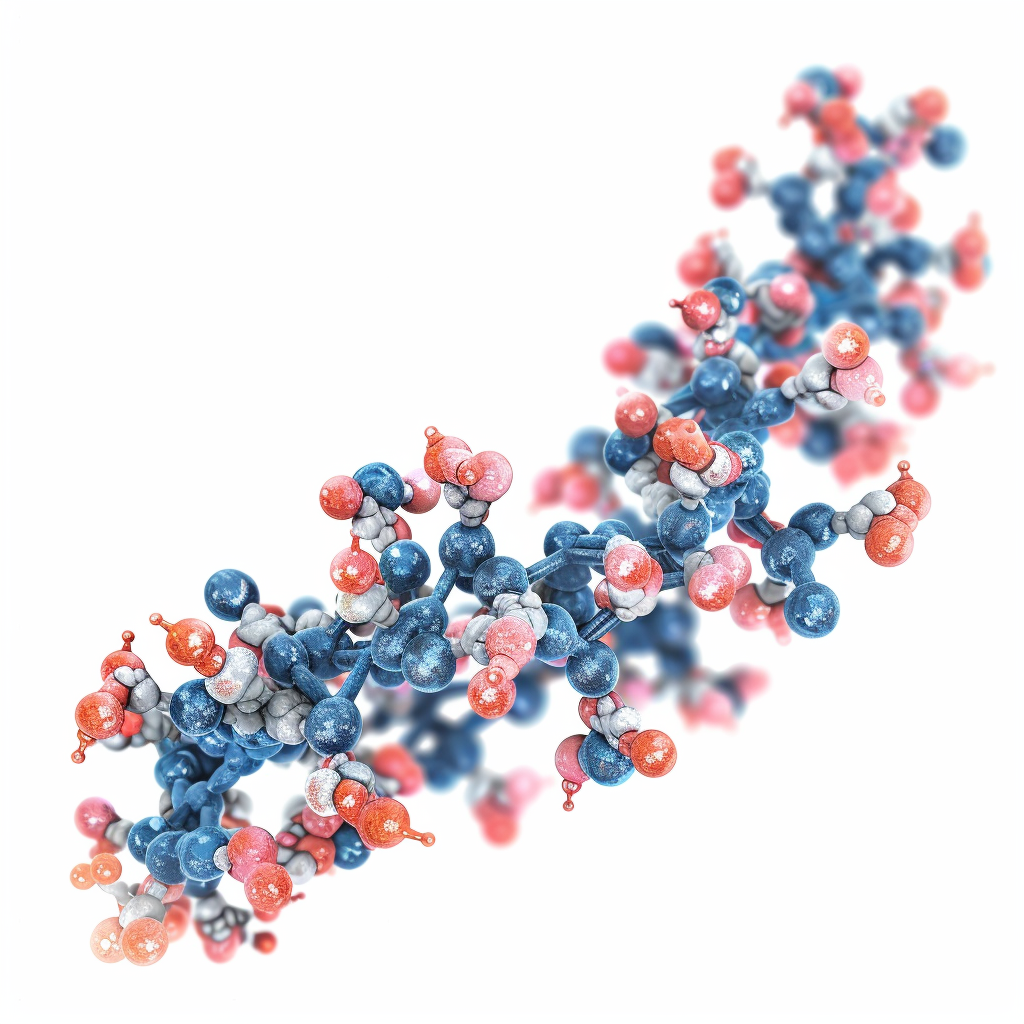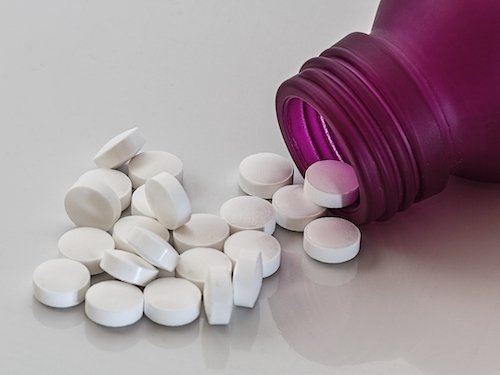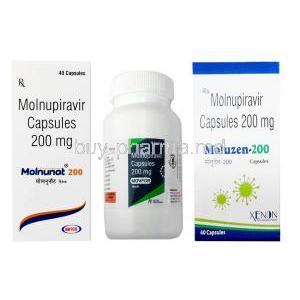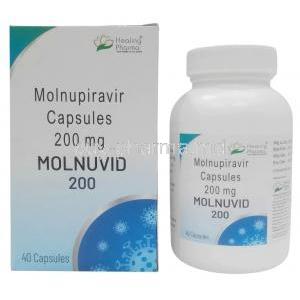Pentashield Vaccine
- I. Introduction
- II. Composition of Pentashield Vaccine
- III. Uses of Pentashield Vaccine
- IV. How Pentashield Works
- V. Dosage and Administration
- VI. Side Effects of Pentashield Vaccine
- VII. Off-Label Use of Pentashield Vaccine
- VIII. Storage and Handling of Pentashield Vaccine
- IX. Interaction With Other Vaccines and Medications
- X. Warnings and Contraindications
- XI. Administration Precautions
- XII. Careful Administration
- XIII. Important Precautions
- XIV. Overdosage
I. Introduction
The Pentashield Vaccine marks a step forward in immunization innovation, providing comprehensive protection against various pathogens through just one shot. Vaccination plays a role in promoting public health by helping to eliminate and manage infectious diseases that were once widespread among people. The significance of Pentashield in health cannot be overstated, as it serves as a vital defense system against a variety of illnesses, ultimately strengthening the overall health of communities.
II. Composition of Pentashield Vaccine
- Ingredients in Action; The vaccine contains active elements each designed to trigger an immune response against particular pathogens thus building a robust shield of protection.
- Boosters, Stabilizers and Additional Elements; Boosters are added to amplify the response while stabilizers guarantee the vaccines durability and effectiveness preserving its quality, from manufacturing to delivery.

III. Uses of Pentashield Vaccine
- The Pentashield Vaccine is a 5-in-1 vaccine administered to infants and young children. It provides active immunization against five severe diseases:
- Diphtheria
- Haemophilus influenzae type b
- Hepatitis-B
- Pertussis (whooping cough)
- Tetanus
- It boosts the immune system and produces protective antibodies against these diseases.
IV. How Pentashield Works
The Pentashield Vaccines immunological foundation lies in its ability to mimic infections caused by pathogens triggering the immune system to produce specific antibodies. Through this process immunity gradually builds up after vaccination and additional doses help maintain lasting protection, against the specified diseases.
V. Dosage and Administration
- The Pentashield Vaccine administration guidelines are carefully detailed to guarantee effectiveness and safety.
- Specific dosages for age groups are specified to provide customized immune protection throughout ones life.
- Booster doses play a role, in sustaining long lasting immunity with schedules strategically planned to enhance protection during important developmental phases.
VI. Side Effects of Pentashield Vaccine
Vaccinations, although mostly safe, can cause side effects in a few individuals, which are usually temporary and can be handled easily.
- Common Side Effects and How to Manage Them; Usual side effects may involve pain, redness or swelling, at the injection site with systemic reactions being uncommon but closely watched.
- Serious Adverse Reactions and How to Report Them; Ongoing post market monitoring guarantees detection and handling of any severe adverse reactions highlighting the dedication to ensuring vaccine safety.

VII. Off-Label Use of Pentashield Vaccine
Exploring outside the limits of vaccine use could uncover new ways to utilize the Pentashield formula, enhancing its effectiveness in public health. Current studies and future prospects: Ongoing research efforts are focused on discovering potential uses for the vaccine, which could expand its range of protection.
VIII. Storage and Handling of Pentashield Vaccine
It is crucial to guarantee the effectiveness of the vaccine throughout its production and delivery, which calls for storage and handling procedures.
- Maintaining temperature ranges is essential to keep the vaccine potent requiring vigilant monitoring during shipping and storage.
- By following handling techniques, the risk of exposure to vaccine components can be minimized while adhering to disposal guidelines helps safeguard the environment.
IX. Interaction With Other Vaccines and Medications
The world of vaccine administration is complex, requiring an understanding of possible interactions. In this field, the Pentashield vaccine follows guidelines to ensure patient safety and optimize effectiveness.
- When it comes to combining Pentashield with vaccines, timing and site considerations are crucial to reducing the chances of a weakened immune response or more adverse events occurring.
- To manage drug interactions, close attention is paid to concurrent medication usage to avoid conflicts that may affect how drugs work in the body, focusing on adjusting doses or schedules to prevent any negative outcomes.
X. Warnings and Contraindications
Identifying people who may not be candidates for the Pentashield vaccine is an essential part of ensuring healthcare quality. This evaluation process aims to balance the advantages of vaccination with each person's health needs.
- Recognizing High-Risk Groups: Individuals who have had allergic reactions to vaccine components or those with weakened immune systems may need different forms of protection.
- Instances Where Pentashield Should Not Be Given: Situations, where the vaccine should be avoided, include acute febrile illness, pregnancy (unless the risk of the disease is greater than the vaccination risk), and specific medical conditions such as uncontrolled epilepsy.
XI. Administration Precautions
Vaccinating populations requires careful attention and personalized approaches to ensure that the vaccines are both effective and safe.
- When it comes to groups like the elderly, pregnant women, nursing mothers, and children, tailored strategies must be implemented to account for their unique needs.
- For individuals, adjusting doses and closely monitoring their reactions is crucial due to changes in their immune responses.
- Similarly, vaccinating women and nursing mothers involves a thorough evaluation of safety measures on an individual basis.
- As for children, dosage adjustments and close monitoring are necessary to match their developing systems for optimal vaccine safety and efficacy.
XII. Careful Administration
After the vaccination is done, it's crucial to keep an eye on any possible side effects and take prompt action if needed. It's important to monitor for any symptoms after getting vaccinated so we can provide timely help and support. Keeping up with follow-up appointments after vaccination helps us track how well the vaccine works and ensures the safety of patients, which is essential for maintaining their overall health.
XIII. Important Precautions
It is crucial to uphold the quality and effectiveness of vaccines by being diligent in how they are handled and communicated.
- This involves following storage guidelines, handling them with care, and using approved administration methods.
- Informing recipients about side effects openly and discussing how to manage them promotes informed decision-making and boosts trust in vaccines.
XIV. Overdosage
While uncommon, an excessive dose of a vaccine can trigger clinical reactions that require specific measures to prevent any negative health effects. Identifying the signs of overdosage and promptly seeking medical assessment and treatment is crucial. It is also important to provide monitoring and assistance, to those impacted to manage any lingering or recurring symptoms effectively.











